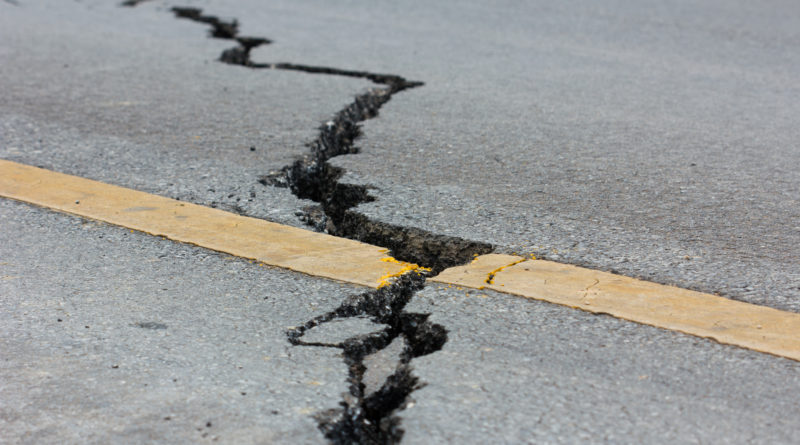The Latest on the California Earthquakes
5,326 total views, 1 views today
Over the July 4th holiday weekend, two large earthquakes shook the Los Angeles area. Since Los Angeles, San Francisco, and these cities’ surrounding areas are located along the San Andreas fault line spanning 800 miles of Californian land, earthquakes in the state tend to concern residents and seismologists alike. Although this weekend’s two earthquakes led to no major damage, they have led many people to reconsider whether they’re properly prepared for larger-scale earthquakes.
The first earthquake occurred on July 4th, with a magnitude of 6.4. Just one day later, a 7.1 magnitude earthquake struck the area. Each 0.1 increase in earthquake magnitude represents a tenfold increase in the earthquake’s power, meaning that the July 5th earthquake was seven times stronger than the one felt the day prior. The infamous San Francisco earthquake of 1906, which occurred as a result of tectonic shifts along the San Andreas fault line and left 3,000 dead, had a magnitude of 7.9.
The earthquakes originated in Ridgecrest, a town north of the San Andreas fault line, which is itself just north of Los Angeles. Despite these earthquakes’ origins away from the fault line and outside Los Angeles, the city’s residents certainly felt the quakes’ impacts, not to mention those of the nearly 300 aftershocks of at least magnitude 3. The consistent rattling currently being felt across the Los Angeles area has residents newly worried about the “Big One,” which is a scientifically-inevitable earthquake expected to damage Los Angeles in the same way experienced in San Francisco in 1906.
In fact, while these recent earthquakes were happening, some residents wondered if either was the Big One. However, given these earthquakes’ minimal damage to homes, roads, and other urban infrastructure, scientists declined to label either quake the Big One. At the same time, seismologists updated their earthquake forecasts to indicate that the Big One has a 70 percent chance of occurring sometime between now and 2030.
Although the timeline for the Big One’s arrival is ambiguous, it is all but guaranteed that the earthquake will occur eventually. That there has been no major San Andreas faultline earthquake since 1906 increases the chances that the Big One will be equally devastating. However, the earthquakes of the July 4th weekend are unlikely to directly trigger the Big One’s arrival.
At the moment, experts are stating that the chance of aftershocks larger in magnitude than the July 5th 7.1 earthquake currently sits at a mere one percent over the next week. Over the next year, the odds increase just slightly to two percent. These forecasts reflect how quickly earthquake predictions can decrease in severity, as in the earthquake’s immediate aftermath, some experts said that the chance of another immediate aftershock was 10 percent. And if another high-magnitude aftershock occurs, the odds increase yet again.
Before, during, and after an earthquake, there are certain steps that experts advise people to take to stay safe. In light of California’s recent quakes and renewed discussion of the Big One, these steps may be worth reading up on here.

